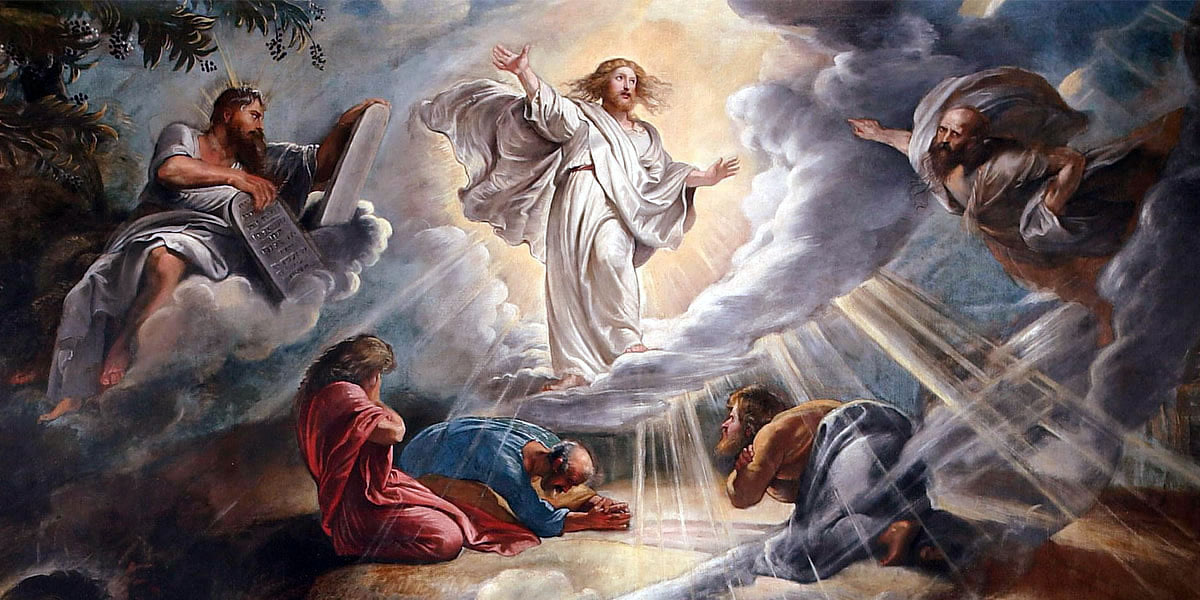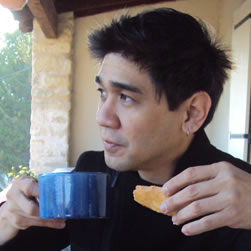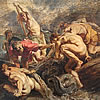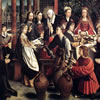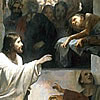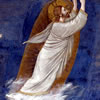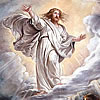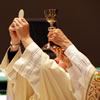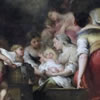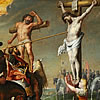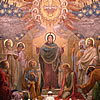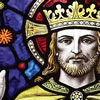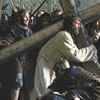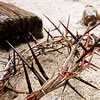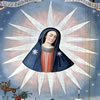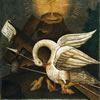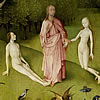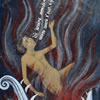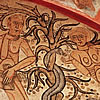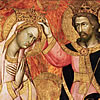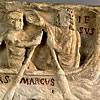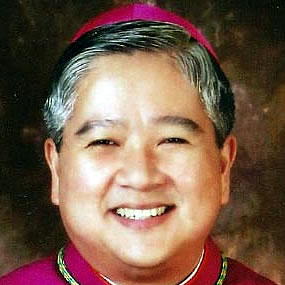Knowing Christ's Identity from the Transfiguration
We probably know the story of the Transfiguration because it is one of the mysteries of the rosary, and it is one of the highlighted events in Christ’s life. Two things make it even more meaningful when looking at Moses, a type of Christ, and when we understand the word “fuller” in the Gospel of Mark (which is the Gospel reading for the Feast of the Transfiguration in the lectionary.)
In the Old Testament, Moses went to the tent of meeting, and after talking to God, he would have to cover his face because it was so shiny that it distracted the Israelites. This description in the Bible is why he has two beams of bright light coming from his head in older paintings or illustrations of Moses. (We can see it in the painting here by Reubens.)
When Christ’s body became dazzling white, it should have reminded Peter, James, and John of Moses because the effect of someone who converses with God is to “shine.” The Gospel of Luke states that Christ went up the mountain to pray, and his appearance changed while he was praying. Jesus, then, is the New Moses: as Moses gave us God’s commandments, Jesus (being God himself) also gives us new commandments to perfect the old ones.
The one curious word that we no longer understand today is the word “fuller.” It is such a shame we don’t understand this because it purposely helps us know the identity of Christ. The Gospel of Mark says, “… and his clothes became dazzling white, such as no fuller on earth could bleach them.” We understand the idea from context even if we don’t know what a fuller is. But knowing what it means opens up another layer of meaning.
A fuller is a person. When wool is removed from a lamb, it can be sold straight away. However, the value of wool increases when it is cleaned of impurities. The wool becomes whiter and fluffier after the process of cleaning it. In a way, it is more “acceptable” to someone who wants to buy it. A fuller is a man whose job is to clean the wool. So, when Mark says that no fuller on earth could bleach Christ’s clothes, he says that Christ’s clothes are like wool with no stain. It is unblemished!
The importance of the idea of a “fuller” opens a new layer of meaning because wool covers a lamb just as Christ’s clothes cover the Lamb of God, who is unblemished and acceptable as a sacrifice to the Father.
The Transfiguration, then, helps us understand the identity of Christ. He is the New Moses, and he is the Lamb of God.
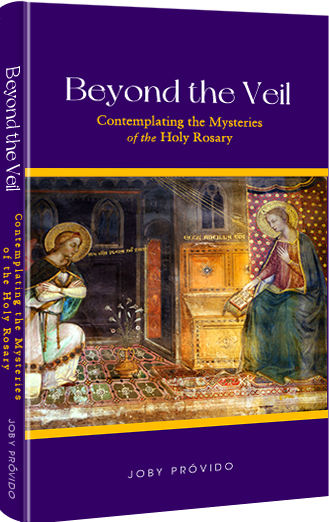
Beyond the Veil
Contemplating the Mysteries of the Holy Rosary
Prayer giants like Pope St. John Paul II, Pope Paul VI, Bl. Archbishop Fulton Sheen, and Bishop Robert Baron advocate that we contemplate on the mysteries of the rosary while we say the vocal prayers. Unfortunately, there are not many books that teach us how to do this. Beyond the Veil comes to the rescue by suggesting seven ways we can pray the rosary the way it was intended.
The larger part of the book offers mental images for each of the mysteries we can use in our contemplation, for how can we imagine the scenes in the rosary if we don't know about them?
Get your copy now either in Hardbound, Paperback, or Kindle
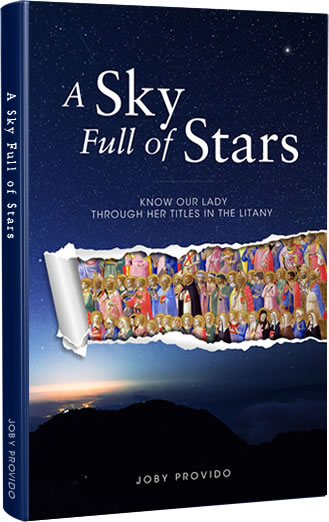
A Sky Full of Stars
Know Our Lady through her Titles in the Litany
The Church helps us understand who Mary is by honoring her with different titles in the Litany of the Blessed Virgin Mary. Unfortunately, over time and difference of culture, we might not grasp what it is the Church is ascribing to her and lose that opportinity to get to know her.
In A Sky Full of Stars, each title of the Litany is explained so we get know Mary more and fall in love with her all over again.
Get your copy now either in Hardbound, Paperback, or Kindle
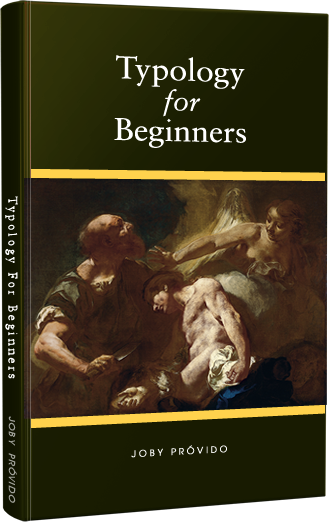
Typology for Beginners
A Catholic Perspective on understanding the New Testament through the Old Testament
First-century Jews converted to Christianity in droves because of the way the New Testament was written to show Jesus was the Messiah promised by the Old Testament. We also learn about how Mary is the New Eve and the Ark of the Covenant in the way the writers portray her.
Through typology, the patterns that connect the Old and New Testaments make the Bible stories more accessible so that one becomes excited to read Sacred Scripture again.
Get your copy now either in Hardbound, Paperback, or Kindle
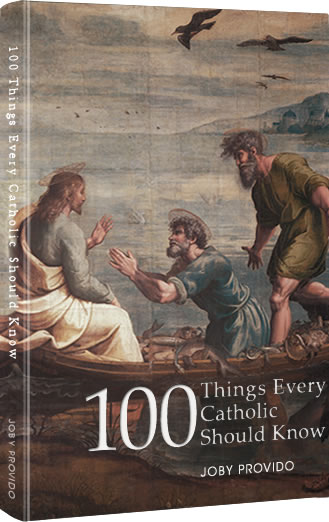
100 Things Every Catholic Should Know
Whether or not you are new to the Catholic Church, or struggling, or lapsed, or dynamically involved, this book will enlighten you with the essentials of the Faith that have been handed down to us by the apostles.
Each of the 100 topics is easy to read and distilled into bite-sized portions. Through cross-referencing, the book also shows how the topics are interrelated. Those who are new to the Faith will find this book an edifying handy reference, and those who have simply forgotten will find it a great review material that might spark a new love for God and religion.
Get your copy now either in Hardbound, Paperback, or Kindle


